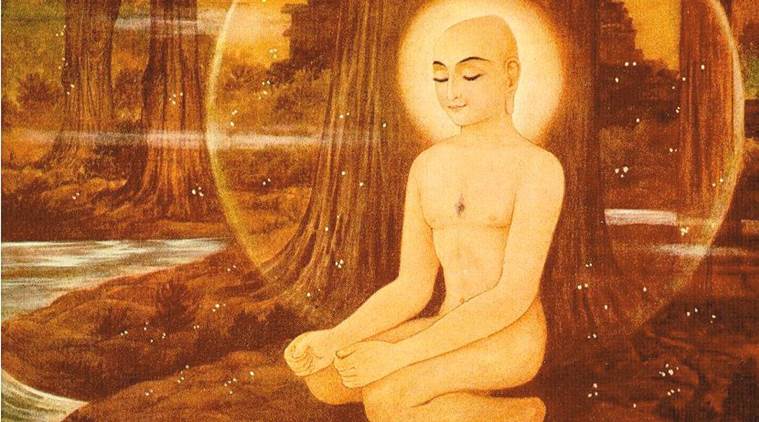The History of Jainism after Mahavira
 |
Posted By Mr. Mahaveer Sethia
For a century or so after the passing away of Mahavira, Jainism remained an insignificant sect with no great following worth speaking. With Buddhism on the ascendance and its increasing popularity among the lay folk, with many other rival sects such as the Ajivakas, the Lokayatas, the Samkhya Vadins competing vigorously and trying to outdo each other, Jainism remained in the back ground, with a small but highly committed following of its own.
As a religion it appealed to few and offered but little comfort to those who wanted to continue their old materialistic ways but at the same time dabble a little bit in religion so as to whet their spiritual appetite or allay their fears of retribution or falling into hells.
With its heavy emphasis on the cultivation of highest virtues, offering no compromises on the question of austerities and monastic discipline, Jainism could not make much head way especially in times when the middle path of the Buddha was becoming increasingly popular, offering the much needed spiritual comfort to the materialistically inclined and socially and financially well placed trading and ruling classes.
During this period, the sect survived because of the dedicated work of many spiritual leaders referred in the Jain texts as Gandharas. Because of their sustained efforts the sect seemed to have gained some recognition by the time the Mauryas came to power in the 4th century BC. Tradition states that their first king, the famous and legendary Chandragupta Maurya, became a Jain in the later part of his reign and died as a Jain monk. Bhadrabahu, a Jain monk of highest virtue, was instrumental in this conversion.
Foreseeing an impending famine of serious dimensions in northern India, Bhadrabahu seemed to have persuaded Chandragupta Maurya to accompany him to the south, where the monks could pursue their activities and also spread Jainism in the south. The king consented and they all traveled to a place now called Sravanabelagola in the south. Chandragupta Maurya ended his life there, in the true Jain tradition, fasting himself to death.
At the same time, when Bhadrabahu was in the south with his followers, a group of monks remained in the north, facing the famine, under the leadership of Sthulabhadra. He said to have diluted some of the teachings of Mahavira as compromise, in view of the distress and confusion caused by the severity of the famine.
When the group headed by Bhadrabahu finally returned to the north they were disillusioned at the changes that took place in the Order. A meeting was convened at Pataliputra to sort out the differences and preserve the teachings of Mahavira. But Bhadrabahu did not attend the meeting. He proceeded to Nepal, where he died in the true Jain tradition, fasting himself to death.
Jainism spread to south India during the post Mauryan period, mainly because of the dedicated work of the Jain monks who migrated to the south. Many south Indian kings became converted to Jainism and patronized the religion.
It also spread to the eastern coastal belt of India now comprising, parts of Andhrapradesh and Orissa. About 450 BC, a council was organized at Vallabhi under the leadership of Devarddhi, which recognized 84 works as the main canonical literature.
In the west, in Gujarat, Jainism became popular mostly during the medieval period when Kumarapala ascended the throne and ruled from Gujarat. The invasion of the Muslims from outside did effect Jainism also, especially in Gujarat and Rajasthan, but it survived because of the high degree of monastic discipline and the commitment of its monks to the life they had chosen.
-----------------------------------------------------
Mail to : Ahimsa Foundation
www.jainsamaj.org
R130309